If you're short on time but still want to build strength and boost endurance, circuit training with weights might be the answer. By combining the intensity of weightlifting with the continuous movement of circuit workouts, you can achieve both muscle gains and cardiovascular benefits in one efficient session.
What Is Circuit Training with Weights?
Circuit training weight lifting is a style of workout where you perform a series of strength-based exercises back-to-back, usually with minimal rest between each station. These stations can include anything from dumbbell presses to kettlebell swings to barbell squats.
A weight lifting circuit typically involves:
-
6–10 exercises targeting different muscle groups
-
Moderate weights with higher repetitions (8–15 reps)
-
30 seconds to 1 minute of work per station
-
Short rest intervals (15–30 seconds between exercises; 1–2 minutes between rounds)
This method keeps your heart rate elevated while engaging major muscle groups, making it ideal for improving muscular endurance, calorie burn, and lean mass retention.
Benefits of Weight Training Circuit Workouts
1. Time Efficiency
Weight training circuit workouts are designed to maximize output in a short time. You get both resistance and cardio benefits in one workout—perfect for busy schedules.
2. Full-Body Conditioning
By rotating through a variety of compound and isolation exercises, weight circuits challenge every major muscle group. You’ll hit your legs, back, chest, arms, and core in one go.
3. Fat Loss & Metabolic Boost
Weight circuits elevate your heart rate and metabolism more than traditional strength sessions, supporting fat loss while preserving muscle.
4. Adaptable for All Levels
Whether you're lifting for general fitness or athletic performance, weight lifting circuit training workouts can be tailored by adjusting reps, rest, and load.
Sample Weight Lifting Circuit Routine
Here’s a beginner-to-intermediate weight training circuit you can do at home or at the gym:
Warm-Up (5 minutes):
Bodyweight squats, arm circles, hip openers, and jumping jacks.
Circuit (Repeat 2–3 Rounds):
-
Goblet Squats – 12 reps
-
Push-Ups (on knees if needed) – 10–12 reps
-
Dumbbell Bent-Over Rows – 12 reps each arm
-
Overhead Dumbbell Press – 10–12 reps
-
Romanian Deadlifts – 12 reps
-
Russian Twists (with or without weight) – 20 reps
Rest 60–90 seconds between rounds
Cool Down (5 minutes):
Stretch major muscle groups, focusing on hamstrings, quads, shoulders, and lower back.
Personal Experience
When I first began incorporating circuit workouts with weights into my weekly routine, I was coming off a plateau in both strength and conditioning. My traditional split workouts felt stale, and I often skipped cardio. Switching to weight circuits gave me structure, variety, and measurable progress. Within weeks, I felt leaner, more energized, and I started lifting heavier without even realizing it.
One of my favorite go-to weightlifting circuits includes kettlebell swings, dumbbell thrusters, pull-ups, and plank rows. It's fast, functional, and leaves you breathless—in the best way.
Tips for Success
-
Start light and focus on form—especially if you’re new to weight lifting circuits.
-
Use compound movements like squats, lunges, presses, and pulls to get the most bang for your buck.
-
Track progress by noting weights used and reps completed.
-
Keep rest intervals short to maintain intensity, but don't sacrifice form for speed.
Final Thoughts
Whether you're training at home or in the gym, weights circuit training routines offer a powerful way to build strength, improve endurance, and torch calories in less time. From seasoned lifters looking for variety to beginners seeking a solid foundation, circuit training with weights is a smart, sustainable choice for long-term fitness.




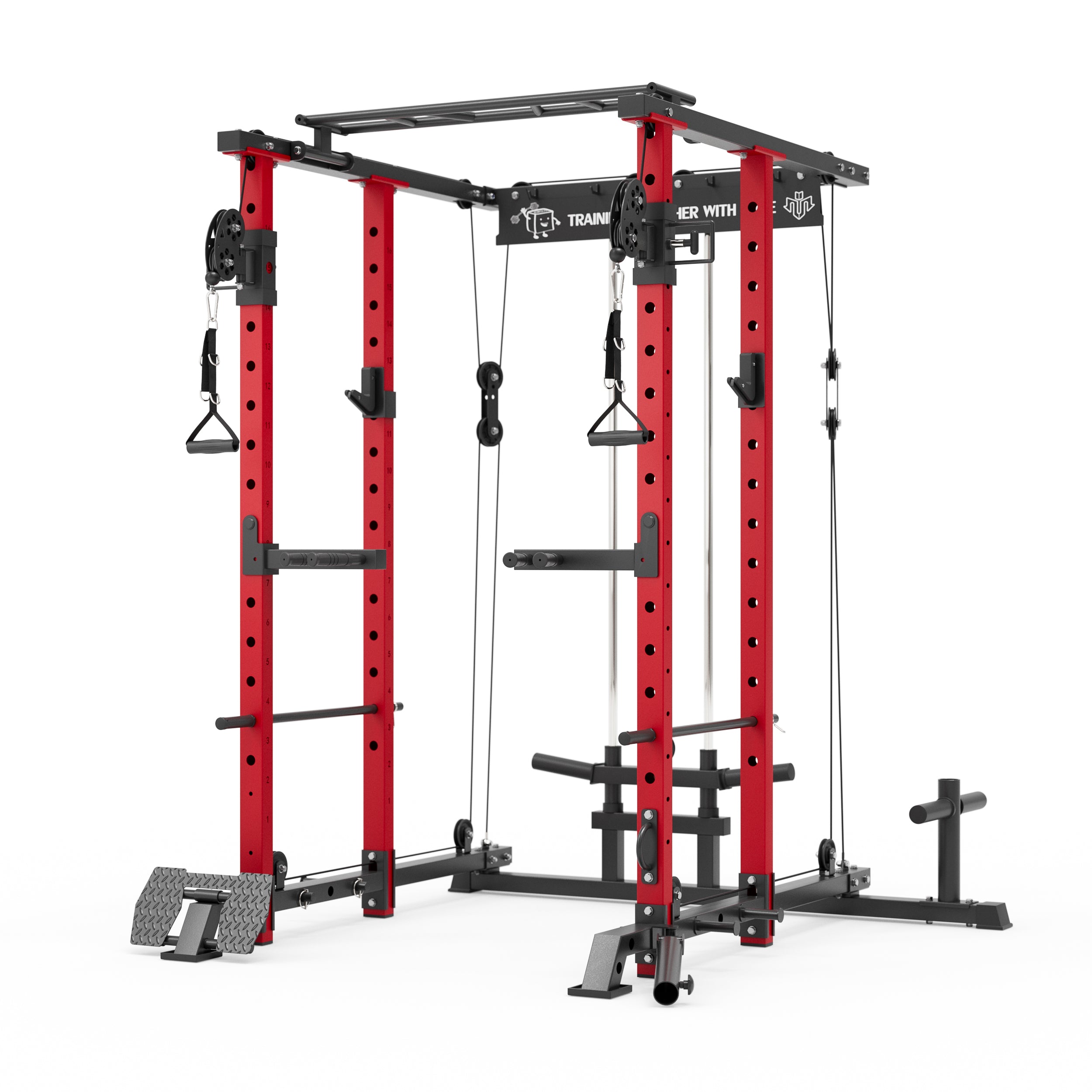


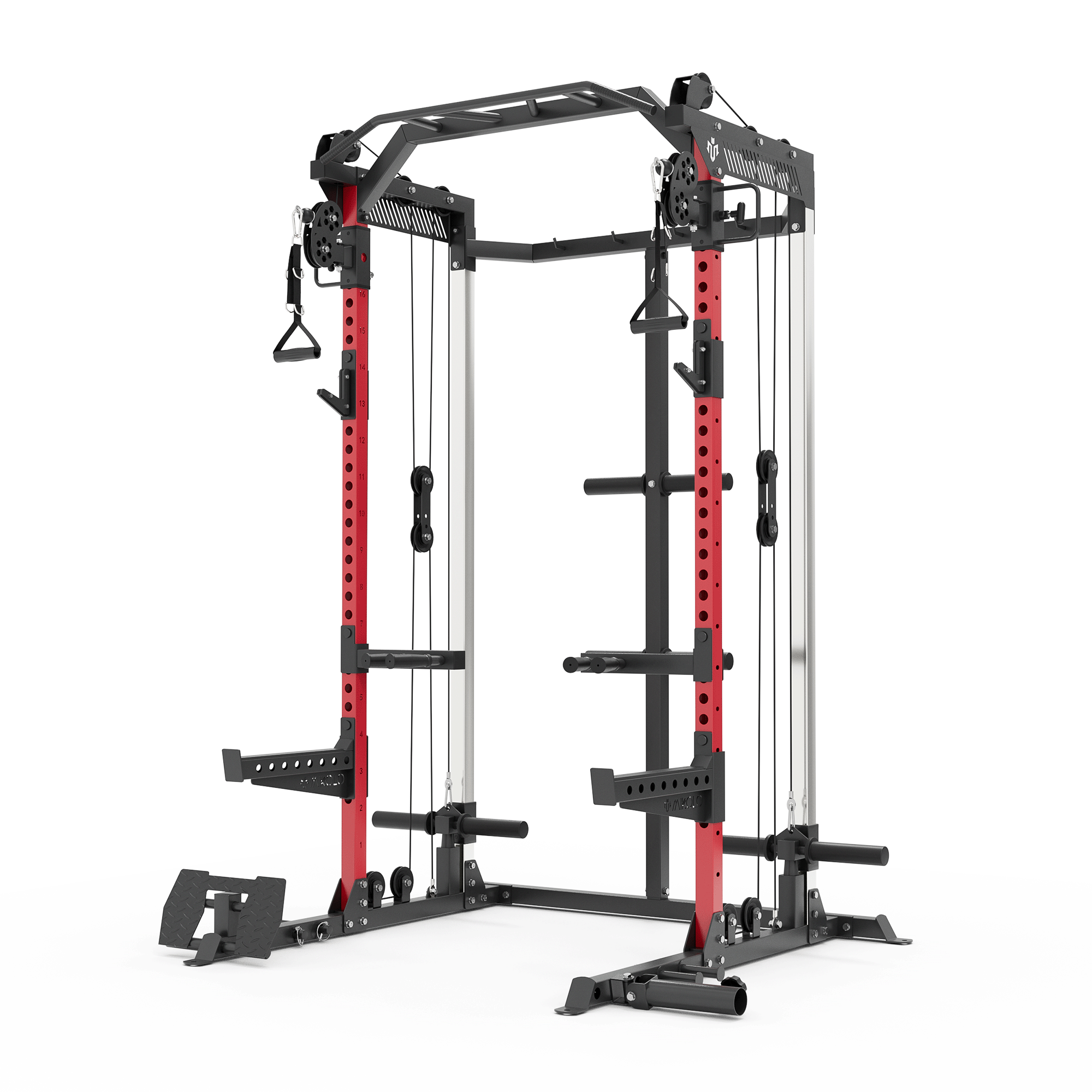


















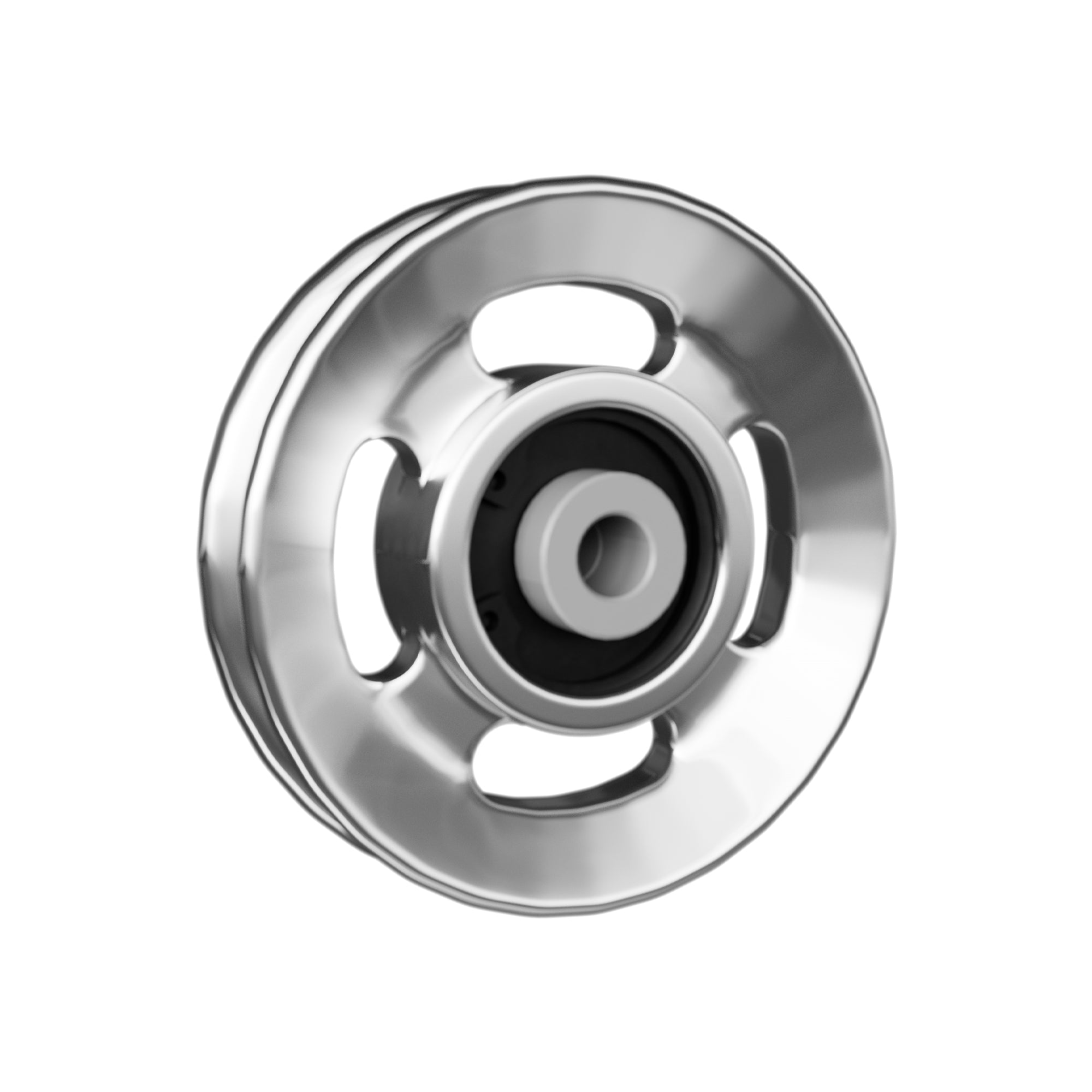



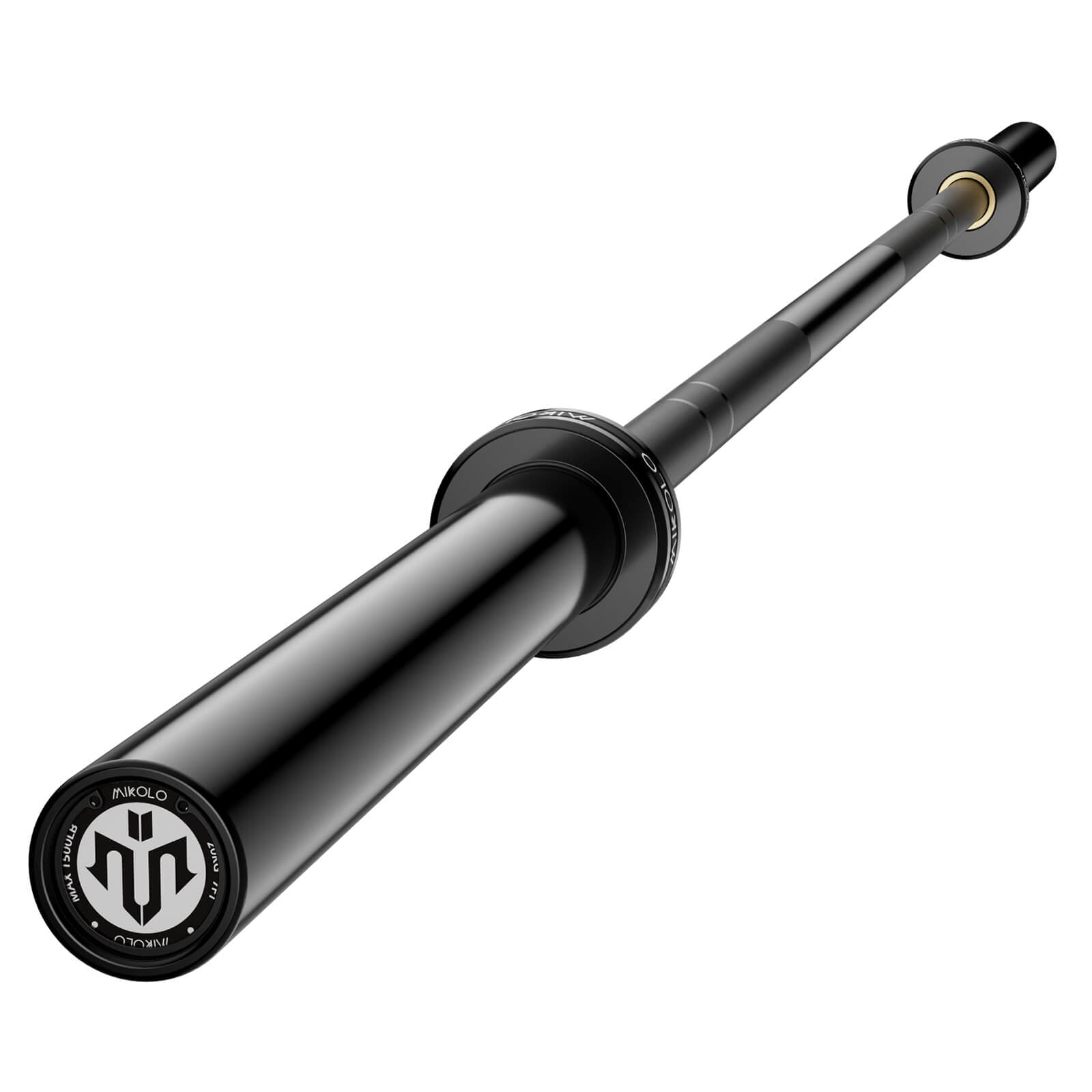
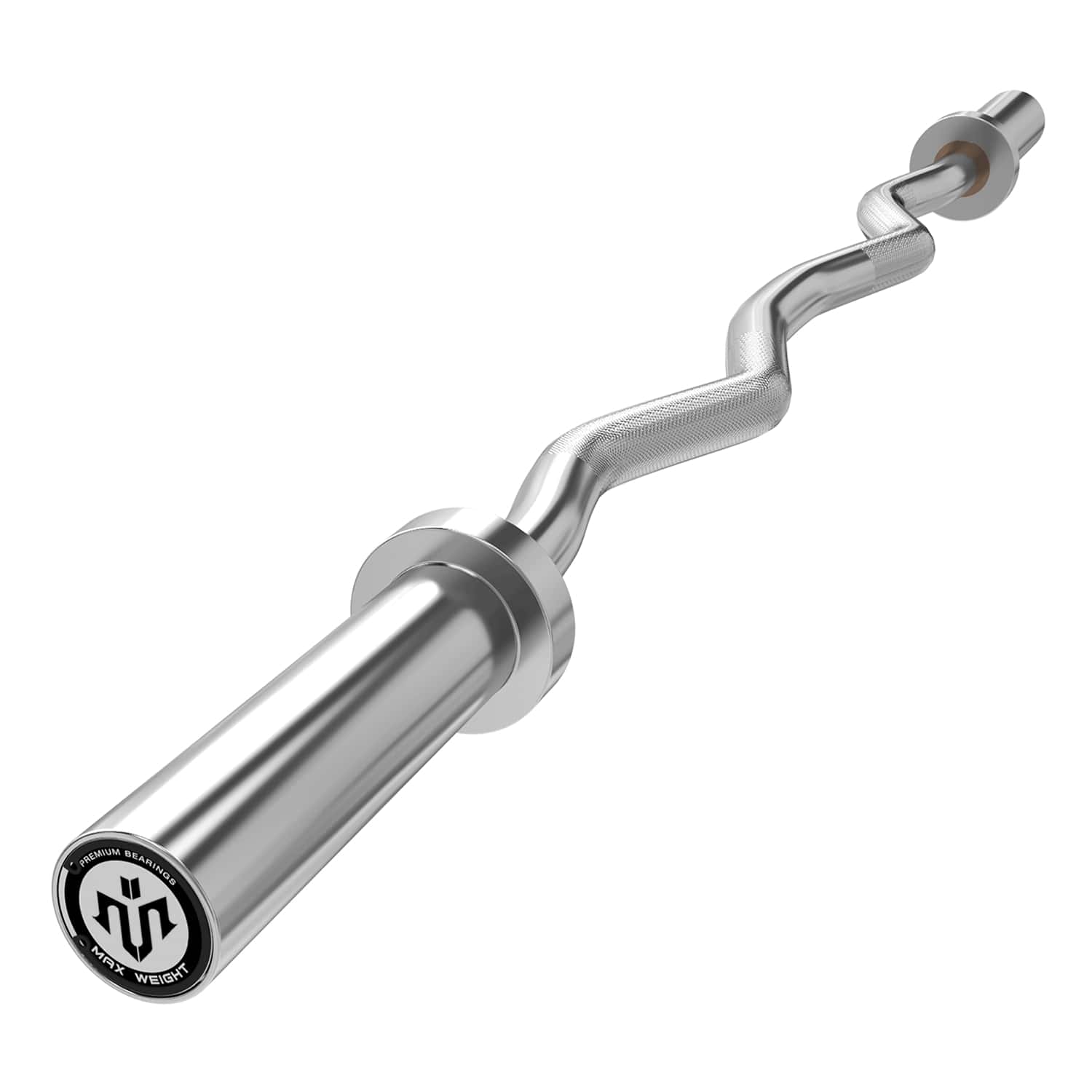



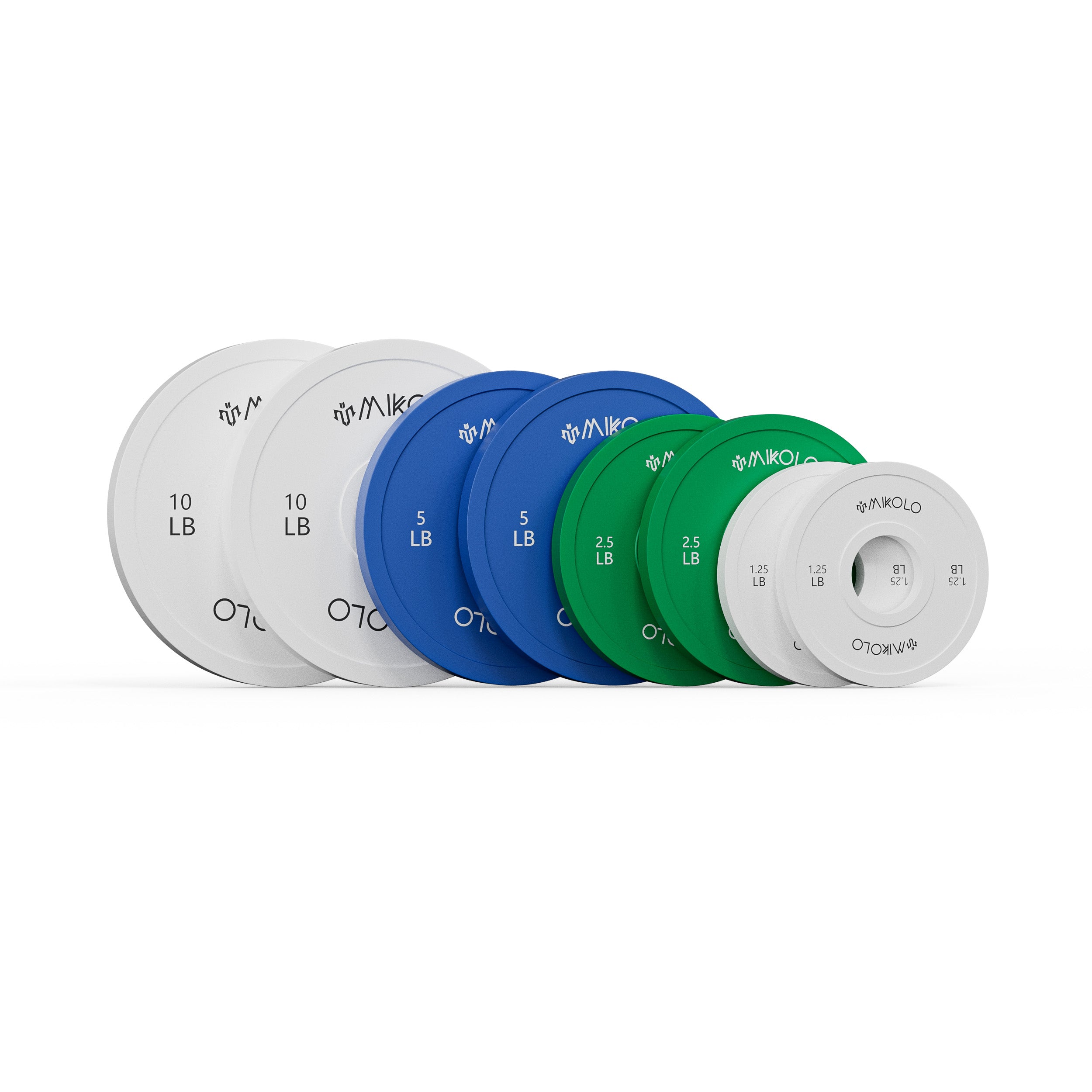



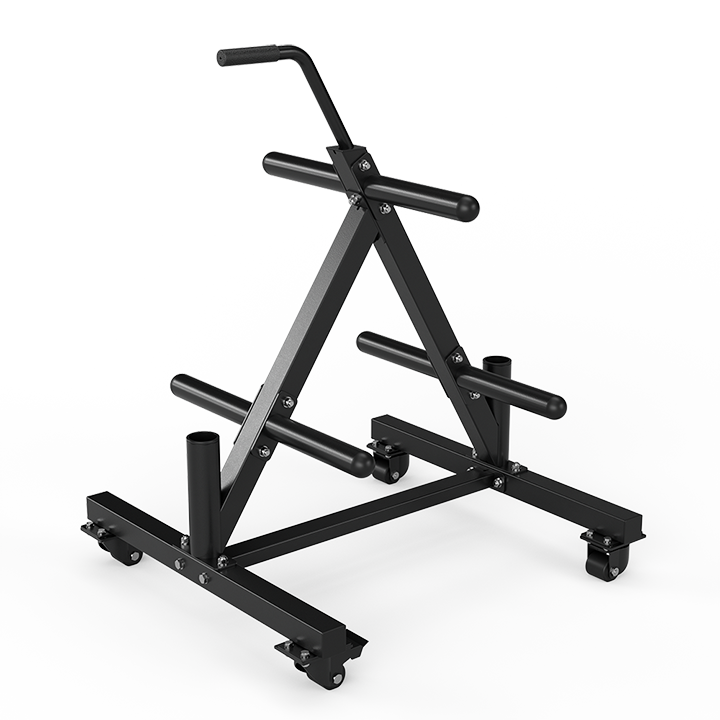






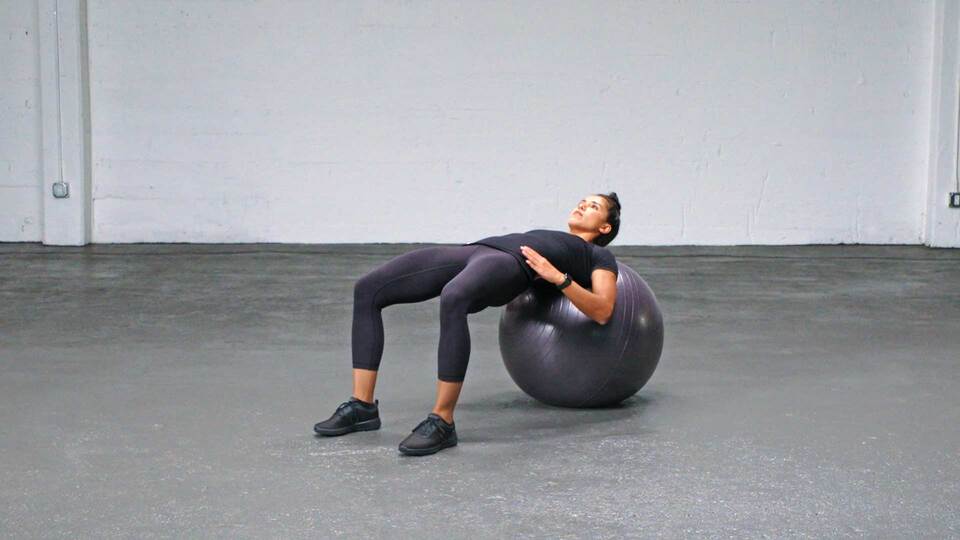
Leave a comment
This site is protected by hCaptcha and the hCaptcha Privacy Policy and Terms of Service apply.